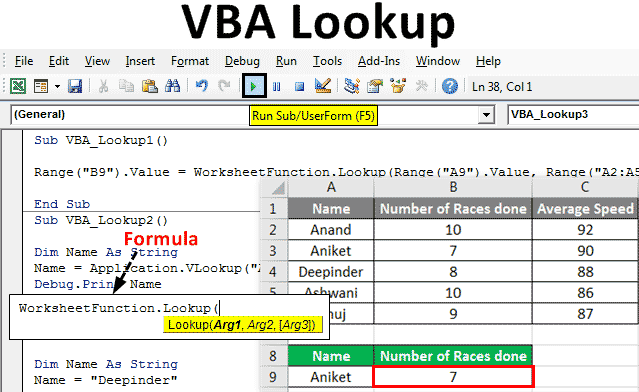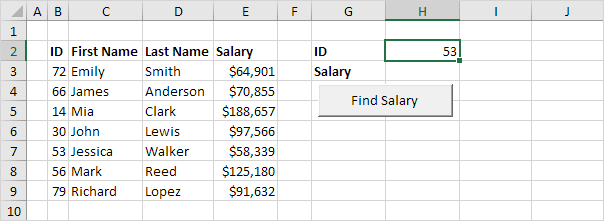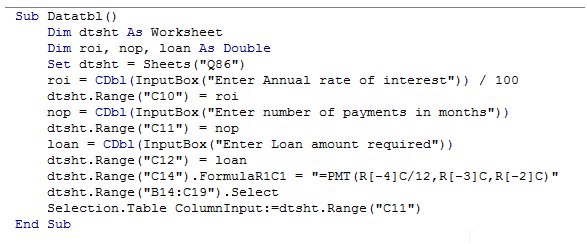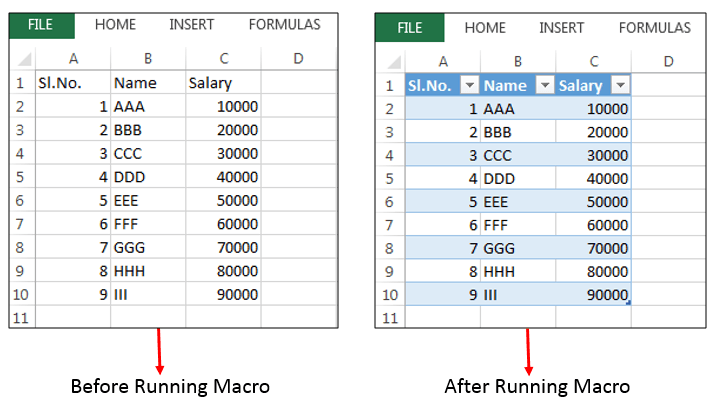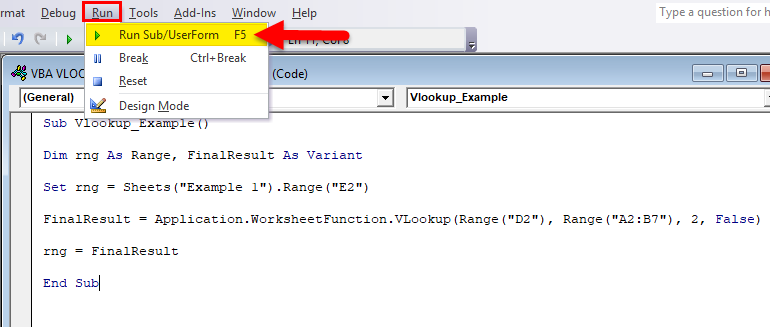
Excel is a powerful tool for data analysis, and one of its most useful features is the ability to perform lookups in tables. A table lookup in Excel is a way to search for a value in a table and return a corresponding value from another column. In this article, we will explore how to perform a table lookup in Excel using VBA, and provide some examples and best practices to make it easy.
Why Use VBA for Table Lookups?
While Excel has a built-in function called VLOOKUP that can perform table lookups, it has some limitations. For example, VLOOKUP can only look up values in the first column of a table, and it can be slow for large datasets. VBA, on the other hand, provides a more flexible and powerful way to perform table lookups.
How to Perform a Table Lookup in VBA
To perform a table lookup in VBA, you need to use the Range.Find method or the Application.Match function. Here is an example of how to use the Range.Find method:
Sub TableLookup()
Dim table As Range
Dim lookupValue As Variant
Dim foundValue As Range
' Set the table range
Set table = Range("A1:C10")
' Set the lookup value
lookupValue = "John"
' Find the lookup value in the table
Set foundValue = table.Find(lookupValue)
' If the value is found, return the corresponding value from another column
If Not foundValue Is Nothing Then
MsgBox foundValue.Offset(0, 1).Value
Else
MsgBox "Value not found"
End If
End Sub
This code sets the table range to A1:C10, sets the lookup value to "John", and then uses the Find method to search for the lookup value in the table. If the value is found, it returns the corresponding value from the next column using the Offset method.
Using the Application.Match Function
Another way to perform a table lookup in VBA is to use the Application.Match function. This function returns the relative position of a value in a range, which can then be used to return the corresponding value from another column. Here is an example:
Sub TableLookup()
Dim table As Range
Dim lookupValue As Variant
Dim foundPosition As Variant
' Set the table range
Set table = Range("A1:C10")
' Set the lookup value
lookupValue = "John"
' Find the position of the lookup value in the table
foundPosition = Application.Match(lookupValue, table.Columns(1), 0)
' If the value is found, return the corresponding value from another column
If Not IsError(foundPosition) Then
MsgBox table.Cells(foundPosition, 2).Value
Else
MsgBox "Value not found"
End If
End Sub
This code sets the table range to A1:C10, sets the lookup value to "John", and then uses the Match function to find the position of the lookup value in the table. If the value is found, it returns the corresponding value from the next column using the Cells method.
Best Practices for Table Lookups in VBA
Here are some best practices to keep in mind when performing table lookups in VBA:
- Always use explicit range references instead of relying on implicit references. For example, instead of using
Range("A1:C10"), useWorksheets("Sheet1").Range("A1:C10"). - Use the
Application.Matchfunction instead of theRange.Findmethod for large datasets. - Always check if the lookup value is found before trying to return the corresponding value.
- Use error handling to handle cases where the lookup value is not found.

Common Errors to Avoid
Here are some common errors to avoid when performing table lookups in VBA:
- Using implicit range references instead of explicit references.
- Not checking if the lookup value is found before trying to return the corresponding value.
- Not using error handling to handle cases where the lookup value is not found.
- Using the
Range.Findmethod instead of theApplication.Matchfunction for large datasets.
Gallery of VBA Table Lookup Examples




Frequently Asked Questions
What is the difference between the Range.Find method and the Application.Match function?
+The Range.Find method searches for a value in a range and returns a Range object, while the Application.Match function returns the relative position of a value in a range.
How do I use the Application.Match function to perform a table lookup?
+To use the Application.Match function to perform a table lookup, you need to specify the lookup value, the range to search, and the column index to return.
What are some best practices for performing table lookups in VBA?
+Some best practices for performing table lookups in VBA include using explicit range references, using the Application.Match function instead of the Range.Find method for large datasets, and always checking if the lookup value is found before trying to return the corresponding value.
In conclusion, performing table lookups in VBA can be a powerful way to analyze data in Excel. By using the Range.Find method or the Application.Match function, you can easily search for values in a table and return corresponding values from another column. By following best practices and avoiding common errors, you can ensure that your table lookups are efficient and accurate.
